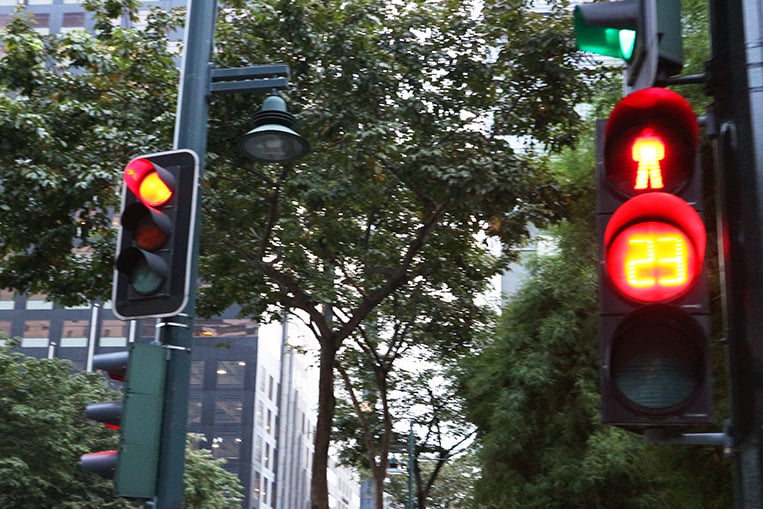
When stopping at a red light, it is commonly accepted practice to pull up close to the car in front, in an attempt to reduce the distance to the traffic light and increase the chance of passing through the junction during the next green phase. On the face of it, this approach of packing cars tightly and then rushing ahead all at once makes perfect sense, but according to a new scientific study, it’s actually completely wrong.
Boffins from the Department of Biomedical Engineering and Mechanics at Virginia Tech in America have carried out a study that looked at different distances between cars stopped at traffic lights, and how this distance affects the number of cars making it through a green phase. The results are rather surprising: Not only do drivers who stop very close to the car in front fail to increase their chances of making it through the junction, they also increase the likelihood of a collision by doing so.
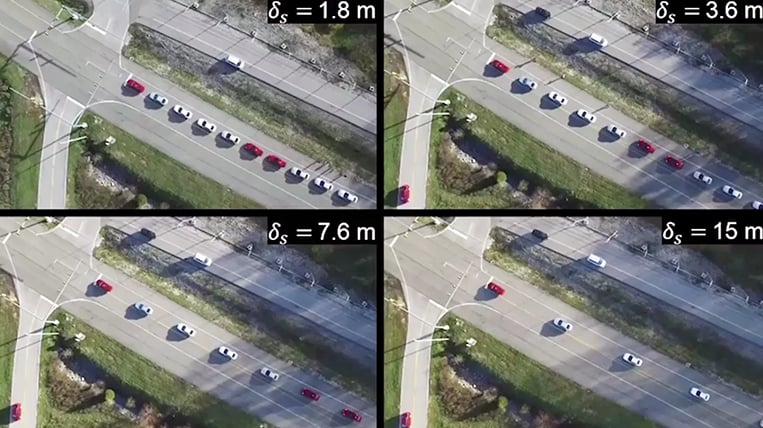
Published on the New Journal Of Physics, the study used camera drones to film 10 identical cars driven by volunteers stopping and then setting off again from traffic lights on a special test road on the university campus. The scientists ran a number of cycles with this setup, increasing the distance between the cars in the queue every time. The first cycle was done with the cars just 1.25ft (0.38m) apart, while the sixth and last cycle saw the cars stopped 50ft (15m) apart from each other at the red light. The drivers were instructed to accelerate normally when the light turned green, up to the test road’s 55km/h speed limit and without having to maintain the bumper-to-bumper spacing initially imposed.
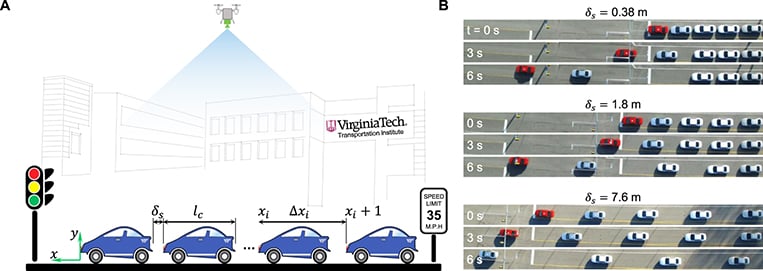
Once completed, the footage was analyzed and the result came as a surprise to many: The time required for all 10 cars to pass through the green light remained almost the same for spacing distances of up to 7.6m. This is due to cars taking more time to accelerate when they stop closer together than when they stop farther apart, meaning there is virtually no point in getting up-close-and-personal to the car in front of you when traffic comes to a halt. Don’t try this on Makati Avenue during rush hour, though, as this setup is not suitable for all traffic situations and won’t work well in moments of total gridlock. According to the people behind the study, the technique of leaving a larger distance to the car in front during traffic stoppages is best suited for stop-and-go highway traffic, where it can help to avoid fender-benders as well.
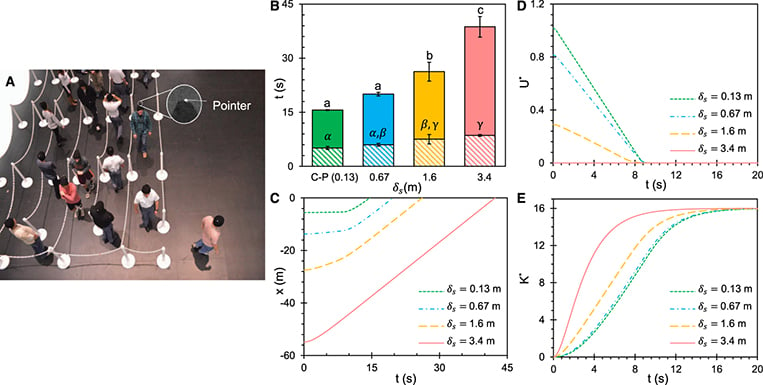
Having completed the experiment with cars, the scientists were left wondering if the same principles may also apply to other situations where queues occur, such as with pedestrians lining up. A second experiment was conducted and the result showed that, unlike with cars, pedestrians will get through a line quicker if they stand very close together. This is due to the fact that people move very slowly, but can accelerate very quickly, which minimizes the lag effect that was observed with the cars at the traffic light.
So, there you have it: According to science, you should keep your distance from the car ahead of you when in stop-and-go traffic on the highway, but stand close to the person in front of you while queuing at the bank.

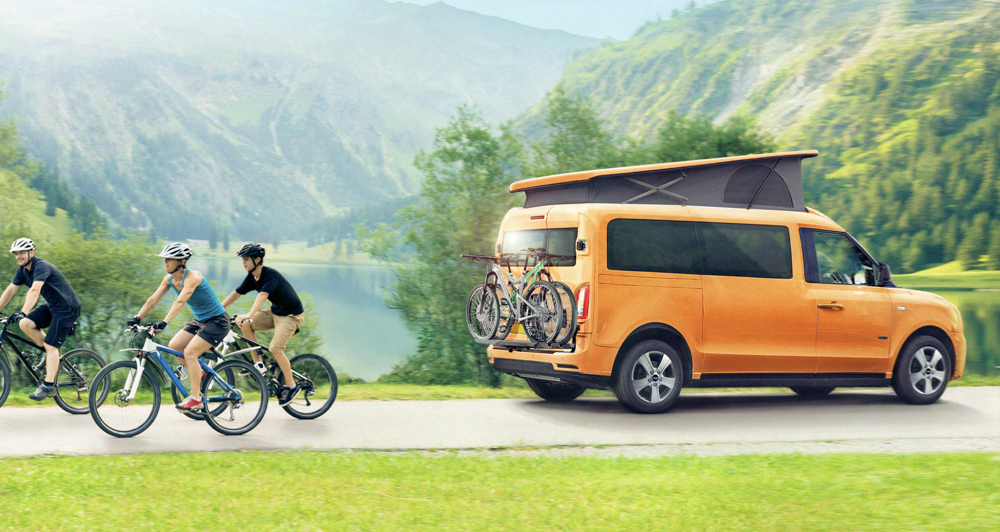
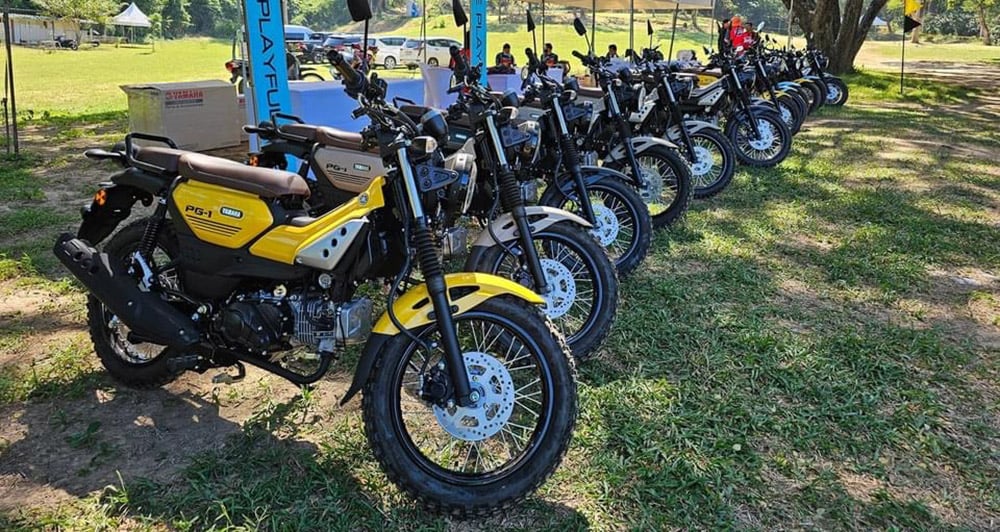
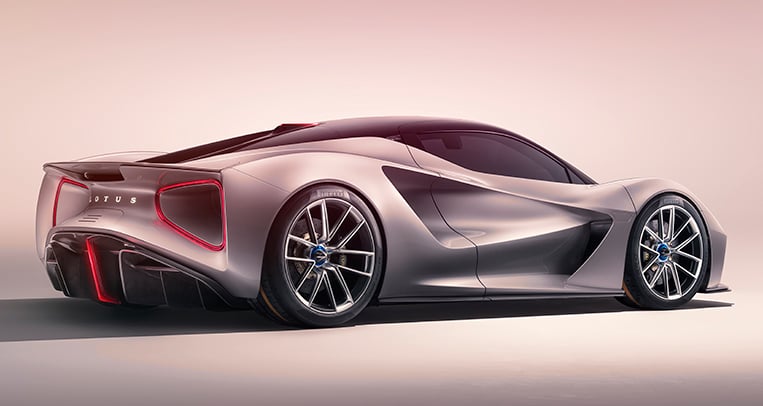
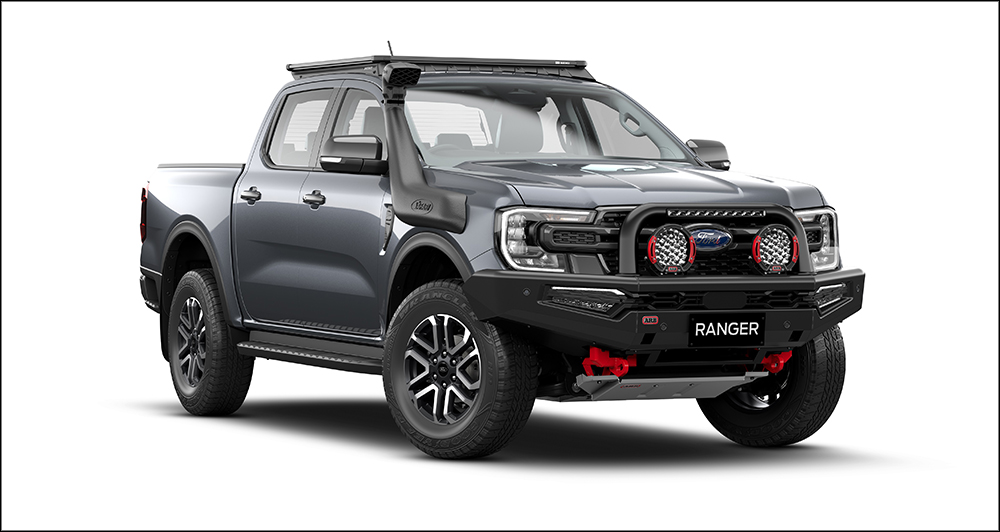
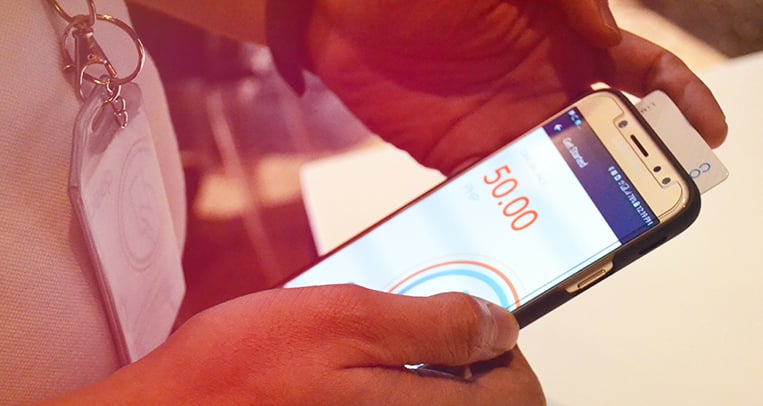
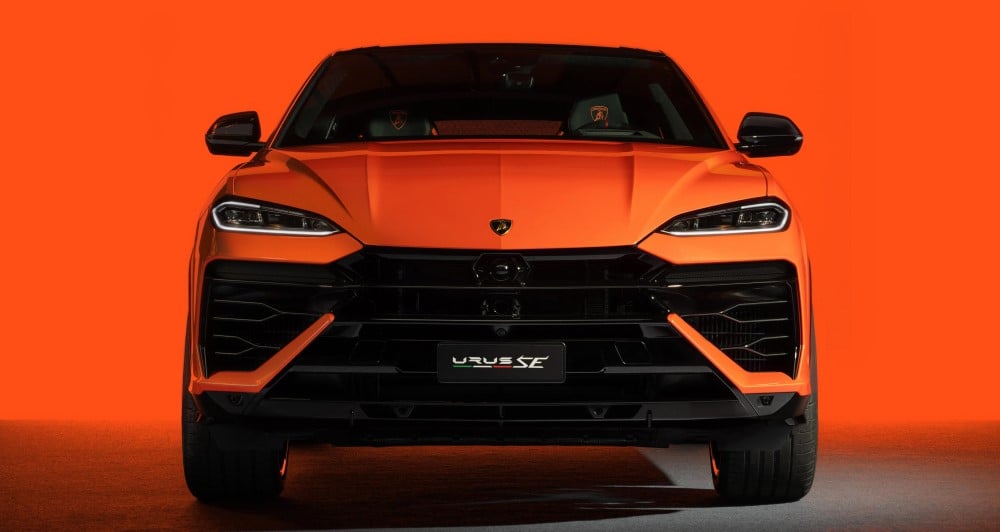
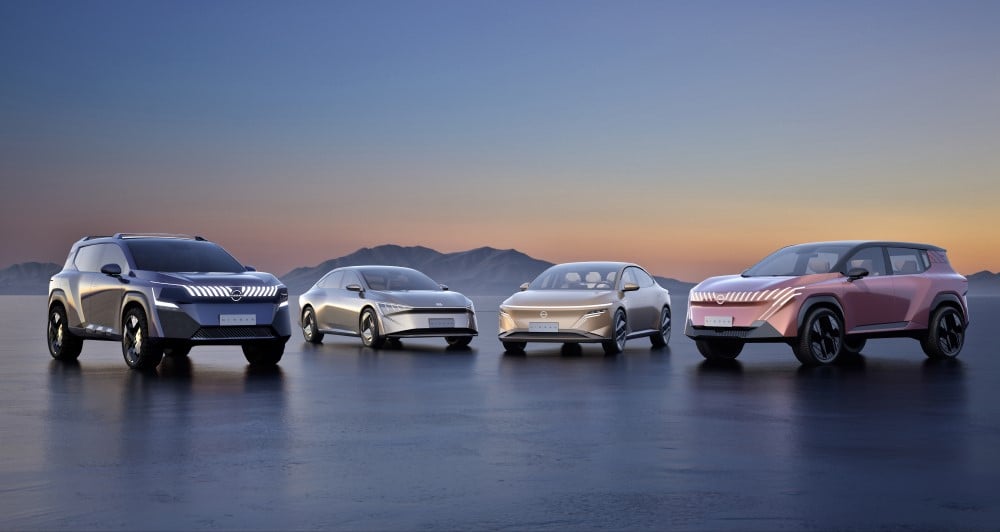
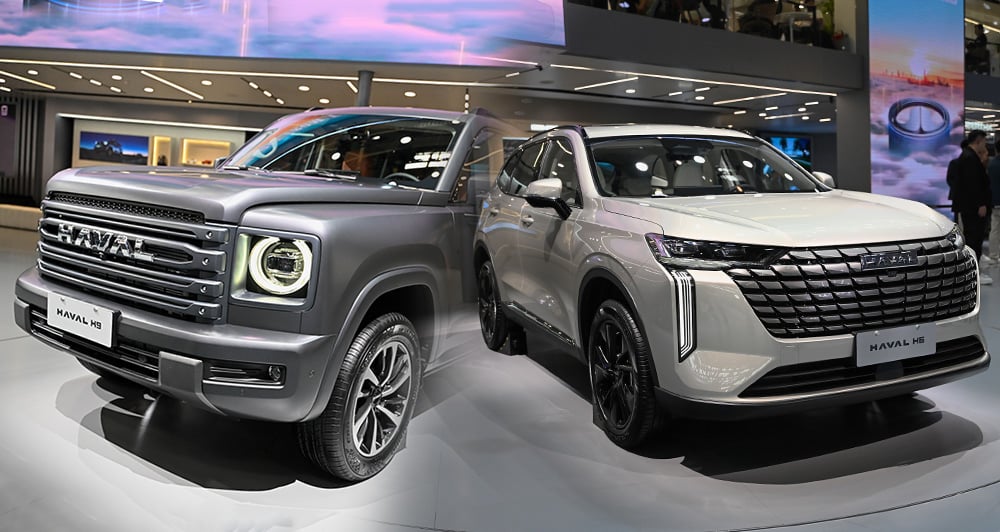
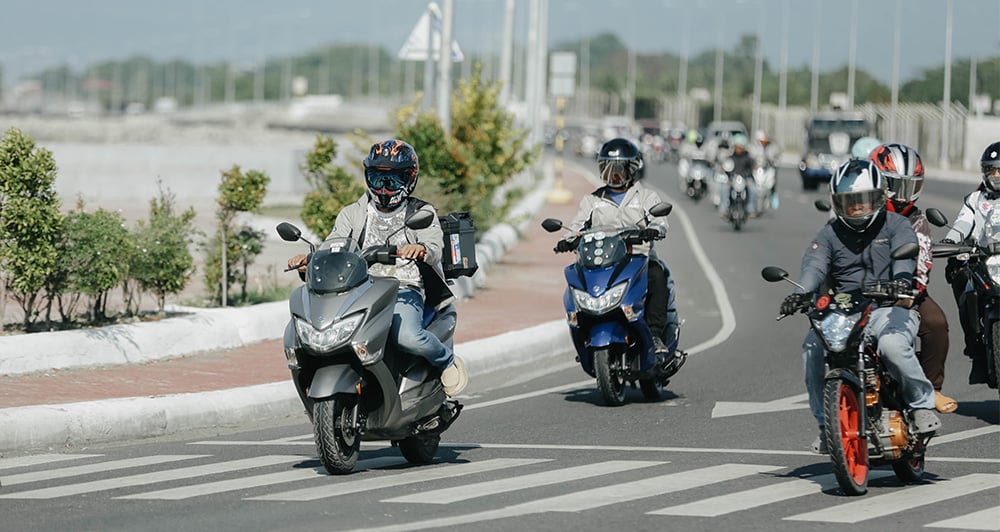
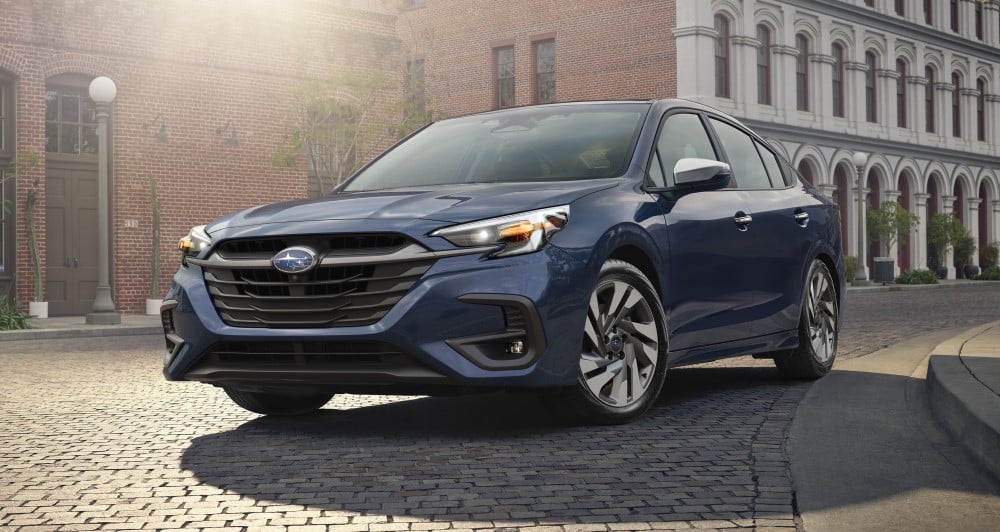
Comments